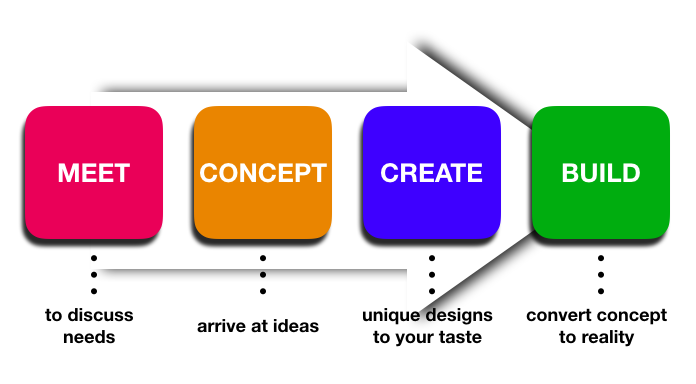

You may just need to give people enough time to make a proper introduction, and follow that up with an explanation of the process they are about to engage in. Icebreakers are important techniques to utilize when you want to overcome the barriers which form when team members start to work on something new, or when they work with people they don't yet know or trust.Įach design thinking setting is unique, and the ice that needs to be broken will be different depending on the situation. – Friedrich Nietzsche Step 2: Break the Ice

“One must still have chaos in oneself to be able to give birth to a dancing star.” You could round up the introduction and use the quote below to remind your team members that innovation demands both courage and an open mind as you progress towards the goal: They will better understand there is method to the madness, and that chaos is not the goal-even though the process may feel chaotic from time to time. Your team members will feel safer when they know the background and underlying structure of design thinking. Highlight that you’ll apply lots of proven methods and techniques throughout the process- user interviews, brainstorm sessions, affinity clustering, sketching, user testing, etc. It combines the analytical and information-driven approach of science with the holistic, empathic and creative ways of thinking in ethnography and design. Tell your team that the iterative, non-linear nature of design thinking means you can carry these stages out in parallel, repeat them and even circle back to previous stages at any point in the design thinking process.ĭiscuss how design thinking creates a third way to approach problem-solving. The various stages also enable you to learn more about your users at any point in the project. You should encourage your team to see the stages as different modes to put themselves in-to iterate on your problem definition, ideas or prototype. Ideate- challenge assumptions and create ideas.Įxplain that the five stages of design thinking are not sequential steps, but are there to serve as a guide. Run through a definition of each of the five stages:ĭefine-state your users' needs and problems. This will help them understand and recognize the different stages of the process before the project begins, and will highlight the iterative and non-linear nature of design thinking.
#Steps of design process 3 step pdf
Print out the 'Design Thinking: A Non-linear Process' PDF download shown above and hand a copy to each member of your team.
#Steps of design process 3 step free
Get your free template for “Design Thinking: A Non-Linear Process”Įnjoy our newsletter-sure you don’t want to receive it? You can achieve this with the following steps.

Step 1: Tell Your Team Members About the Process of Design Thinkingįirst things first, you need to explain the design thinking process to your team members. © Daniel Skrok and the Interaction Design Foundation, CC BY-NC-SA 3.0. And we’re going to take you through three steps to help you do exactly that. You can, however, conduct a few short exercises to break through this negative tension, loosen things up and make people feel positive and excited about the project. Newcomers, in particular, may feel intimidated, confused or disoriented by the seemingly chaotic approach of the design thinking process. These differences also mean certain activities in design thinking projects will not come naturally to the people involved. Differences are what we need-especially in the world of design thinking. "The greatest fear in life is not of death, but unsolicited change.”Įveryone thinks, feels and experiences things differently. Design thinking not only leads to increased innovation and improved end products, it also creates a great team spirit, boosts work ethic and bolsters individuals’ confidence in their creative abilities. You may feel like that asks a lot of the people involved however, it’s totally worth the effort. They also need to prepare themselves for change and take on an accepting, adaptable mindset. Members of a design thinking team need to be open minded, curious, collaborative and willing to have their assumptions challenged. The design thinking process takes you into unknown and sometimes uncomfortable territory.


 0 kommentar(er)
0 kommentar(er)
